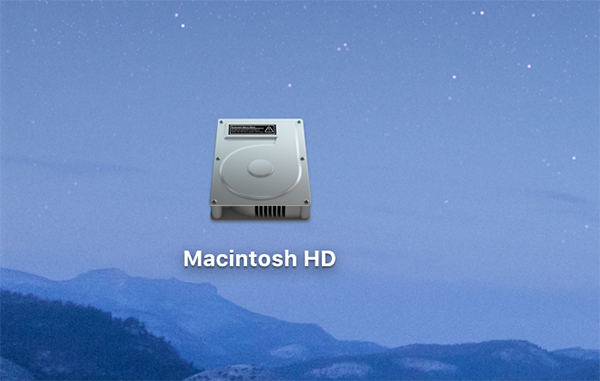

Remove Firmware Password: Disable the firmware password for a while till you are using Target Disk Mode.We have an embarrassment of riches when it comes to the number of ways we can move data between Macs.Enable it again after using the Target Disk Mode. Furthermore, select file vault and switch it off temporarily. And to do that, start the Mac usually, go to System Preferences, choose Security and Privacy. Disable File Vault: By default, all Macs now have file vault encryption to prevent anyone from accessing home directories over Target Disk Mode.Moreover, if both have a thunderbolt or Firewall, then you need that sort of wire. And if one of your macs has a Thunderbolt port and the other has a Firewall one, you will need a Thunderbolt-to-Firewire Cable and vice versa. So make sure that you have an adapter cable that can connect to these ports. A Firewall or Thunderbolt Adapter Cable: A regular USB port will not be enough for this kind of file transfer as these macs have Thunderbolt or Firewall ports.Ensure that both of them have either a Thunderbolt port or a Firewire port. 2 Mac computers: To transfer files from one Mac to the other, having two fully functional Mac is the first step.Since this is not an in-computer process and requires a secondary mac, there are a few things you need to take care of. Moreover, using this feature, you can also boot your Mac from another mac internally.Īlso Read: How To Use Focus Sessions To Boost Productivity In Windows 11 What Do You Need For Your Mac To Transfer Files Via Target Disk Mode? Target disk mode acts like a similar state wherein you don’t have to remove anything from your laptop or disassemble it.

To understand it better, see it like this, you take out the hard drive or SDD from your Mac, enclose it and connect it to another mac for storage purposes. In this mode, your Mac becomes like an external storage drive for your other Mac. The Target Disk Mode allows the transfer of heavy files from one Mac to another. Apple laptops have a unique feature called the Target Disk Mode.


 0 kommentar(er)
0 kommentar(er)
